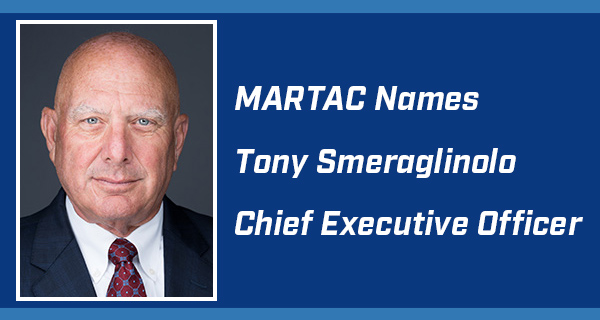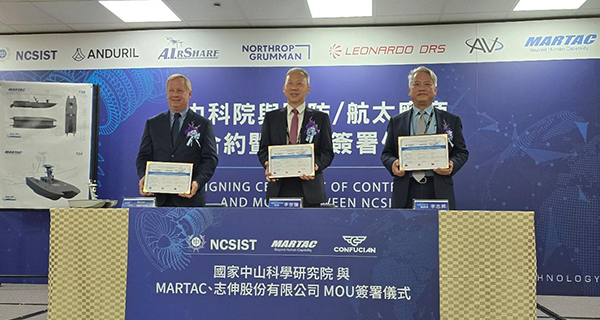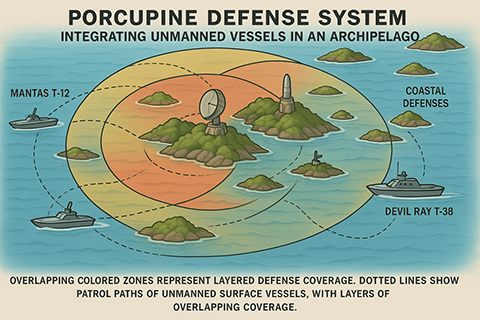Seeing What Is on The Other Side of the Hill: Intelligence, Surveillance, and Reconnaissance
- August 09, 2024
The need to have more knowledge than the adversary is as old as warfare itself. Well over two-and-a-half millennia ago Sun Tzu said, in The Art of War, “What enables the wise sovereign and the good general to overcome others and achieve things beyond the reach of ordinary men is foreknowledge. This foreknowledge cannot be elicited from ghosts and spirits, nor by analogy with past events nor by deductive calculation. It must be obtained from men who know the enemy situation.”
For centuries, commanders have struggled to collect enough information about the adversary to give them the edge in combat. As the Duke of Wellington famously said, “All the business of war is to endeavour to find out what you don’t know by what you do; that’s what I call guessing what’s on the other side of the hill. Another British commander, Admiral Lord Nelson, was victorious at Trafalgar in large part because he used his small, fast ships to scout the position of the French and Spanish fleets.
More contemporaneously, in a naval engagement that marked the turning point of World War II, the Battle of Midway turned on one commander having more of the right information than the other had. U.S. Navy PBY scout planes located the Japanese carriers first, while the Japanese Imperial Navy found the U.S. Navy carriers too late to launch an effective attack. Had Japanese Admiral Isoroku Yamamoto learned the location of his adversary’s carriers just a bit sooner, he might well have been victorious.





